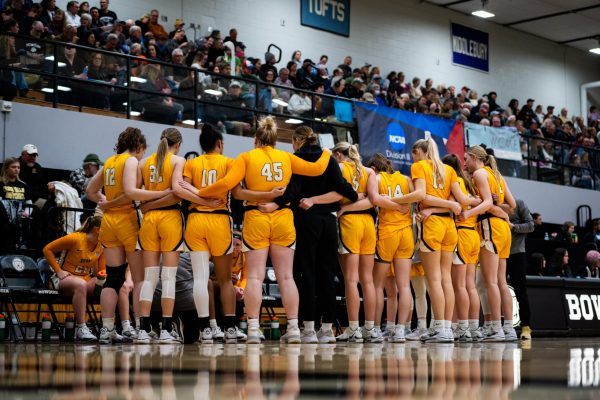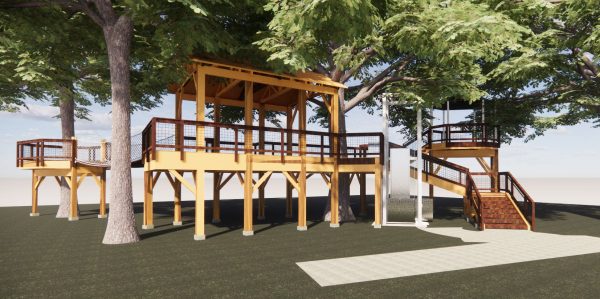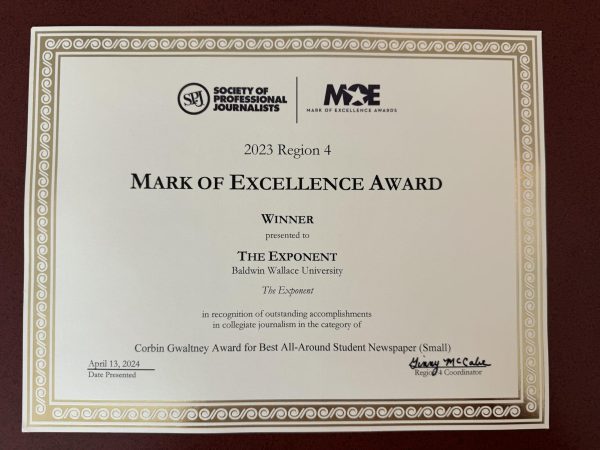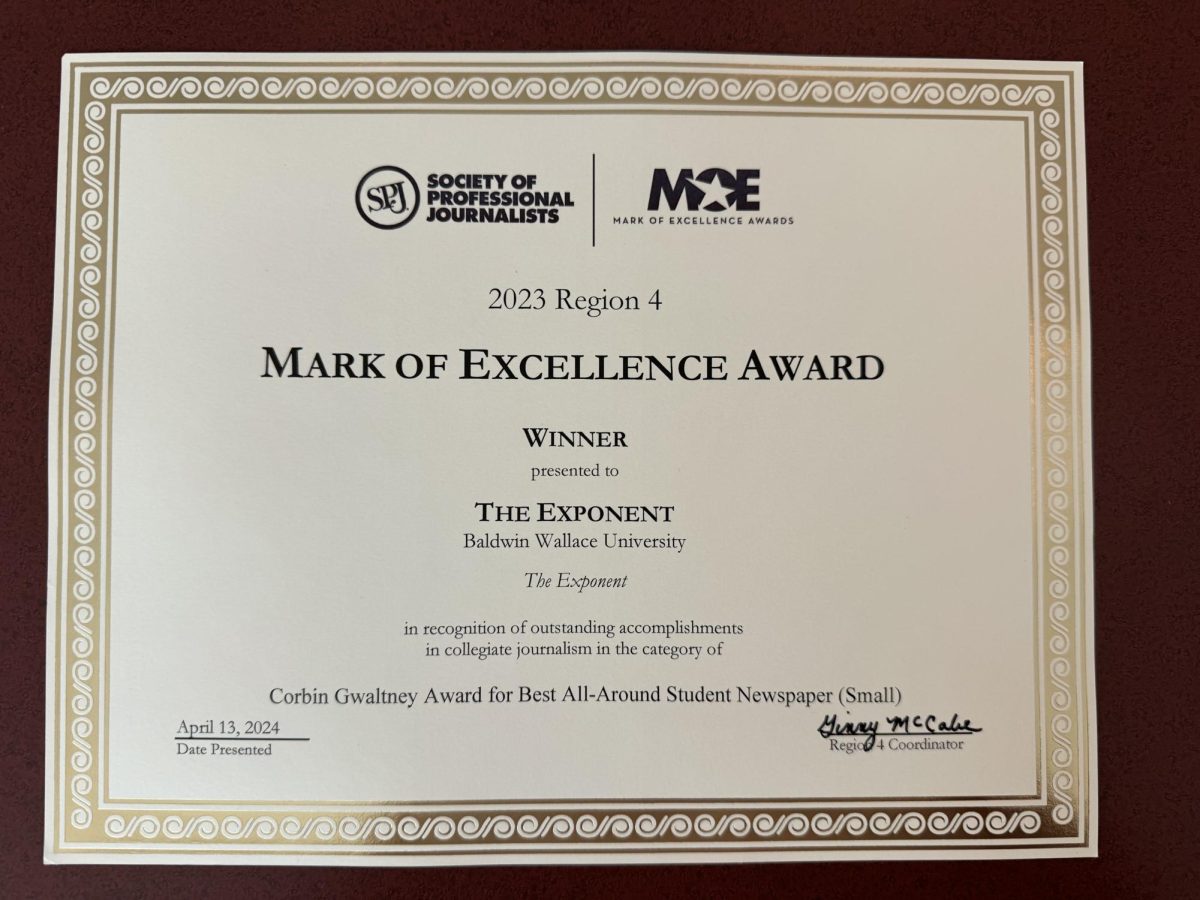‘Housekeeping’ may mean removal of shrinking programs
Baldwin Wallace University has begun much needed ‘housekeeping’ that is necessary for the health of the institution since the overall decline in students attending college.
Every five years, all departments undergo a ‘weeding process’ in order to eliminate courses and programs that have both few students coming in and few students graduating, said Steve Stahl, Provost. The departments also have to look at individual classes within majors to see if the timing of the class as well as the course capacity makes sense.
While no final decisions have been made, Stahl said, some departments are working their way through the process. The changes are not budget based, either, although occurring at the same time budget changes are occurring, he said.
“We need to start having conversations that are more strategic in nature,” Stahl said. “It could be that this is a program that we see a waning interest in over time, that its not crucial to the mission of the university, that there are other programs on campus that are closely related or it’s something that we feel we should discontinue so we can reinvest elsewhere.”
Some programs, such as Art, Communication Arts and Sciences, Arts Management, Bio and Psychology have courses that will be experiencing increased course capacities, or the number of students allowed in each class, Writing intensive courses across campus have increased capacities from 15 to 20 students, increasing the work load for faculty members.
However, Stahl said “what I see as the bottom line is that a few section capacities went up and a few section capacities went down. I think what has been noticed is that the fill rates of sections are getting closer to the accepted capacity.”
A challenge in this process is determining whether small programs are necessary for the breadth of the university, as commonly believed by faculty on campus, Stahl said. Through this overall review process, compromises have to be made in how the institution structures things, he said. The goal is to make the majors and programs more intrinsically self supporting.
The program review process that started five years ago consists of all of the departments doing a self-review of their program. Stahl said they study what their enrollment trends are and what the enrollment trends are in the overall discipline. Then, Stahl said the programs are given data in terms of enrollment figures from other institutions that helps determine what is working and what is not.
After the self-review is complete, the departments seek out an outside institution that is effective in running a similar program. Stahl mentioned that Baldwin Wallace’s Communications Arts & Sciences program led by department chair, Molly Swiger, has implemented the advice received effectively thus far.
“We had three outside reviewers read the reports on our programs,” said Swiger. “They came to campus and interviewed faculty and the administration. The reviewers then wrote reports with recommendations. As a result of the review, we significantly revamped our curriculum. This curriculum was officially implemented in the fall 2019 catalog. While we used to have four majors – Film, PR, Communication Studies and Broadcasting/Mass Media – we now have one major; Communication.”
Reviews happen every five years, said Swiger, in order to keep the curriculum up-to-date. Although this is the first year of implementing these specific changes, Swiger said “we are
confident that the curriculum speaks to the contemporary landscape and we have made it more rigorous.”
The overall goal of implementing changes is to maximize the institutions ability to serve students, said John DiGennaro, director of library services.
“The primary driver in this is the overall health of the university,” said DiGennaro. “At the end of the day, what we want to see is a vibrant university that is healthy, that has the programs that attract students and that we can serve those students and be able to provide a dynamic learning environment.”
The Exponent is looking for financial contributions to support our staff and our newsroom in producing high-quality, well-reported and accurate journalism. Thank you for taking the time to consider supporting our student journalists.









































